USA and Canada

Organics face headwinds in coming year
When organic flax is selling for $65 to $70 per bushel and organic wheat is around $25, it should be a good time to be an organic farmer.
But some producers on the Prairies stopped farming organically last year, partly because of high prices for oats, canola and other conventional crops.
There’s a risk that more farmers could shift away from organic and repeat what happened in the late 2000s and early 2010s, following a boom in commodity prices.
“Farming is in cycles…. I don’t see necessarily an indication that we’ll have a dramatic a drop as we did in that eight, nine and 10 period (2008-2010), (but) anecdotally … the numbers and acres will have dropped some,” said Marla Carlson, executive director of Sask Organics.
Read More…
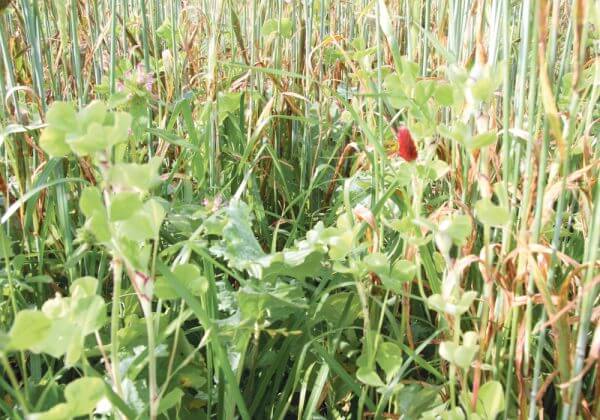
Farming for the climate: Off-season ‘cover’ crops expand as U.S. growers eye low-carbon future
CHICAGO, Jan 4 (Reuters) – Illinois farmer Jack McCormick planted 350 acres of barley and radishes last fall as part of an off-season crop that he does not intend to harvest. Instead, the crops will be killed off with a weed killer next spring before McCormick plants soybeans in the same dirt.
The barley and radishes will not be used for food, but Bayer AG will pay McCormick for planting them as the so-called cover crops will generate carbon offset credits for the seeds and chemicals maker.
The purpose of cover crops is to restore soil, reduce erosion and to pull climate-warming carbon from the atmosphere through photosynthesis. The carbon trapped in roots and other plant matter left in the soil is measured to create carbon credits that companies can use to offset other pollution.
The practice shows how the agriculture industry is adapting as a result of climate change. Farmers no longer make money merely by selling crops for food and livestock feed – they may also be paid for the role crops can play in limiting planet-warming emissions.Read More
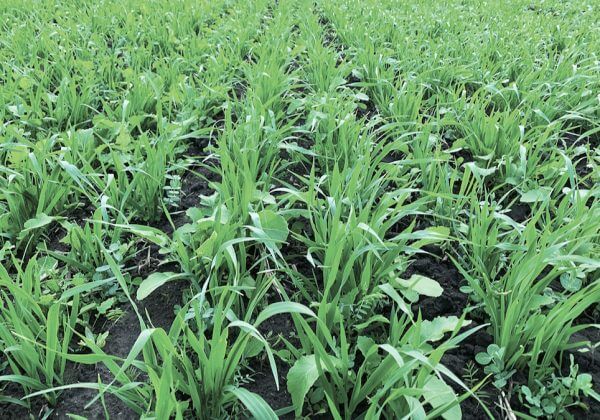
Ontario cover crop survey garners most respondents ever
The recently released 2020 Ontario Cover Crop Feedback report has delivered insight into the benefits of cover cropping and the barriers that limit adoption.
The main benefits identified include better soil health, increased soil organic matter and reduced erosion, while the challenges include lack of equipment, costs and a short growing season.
The report stems from Canada’s largest cover crop survey conducted by Yvonne Lawley, a University of Manitoba assistant professor, and her graduate student Callum Morrison. They have expertise in cover crop surveys and reporting, having done a similar project for the prairie provinces.
The work was supported by the Ontario Cover Crop Strategy Group (OCCSG), Grain Farmers of Ontario and a record 731 respondents.
Why it matters: Cover crops can improve soil health and sequester carbon but their adoption rate is slow. Surveys help researchers understand the reasons so they can better guide farmers.
Read More
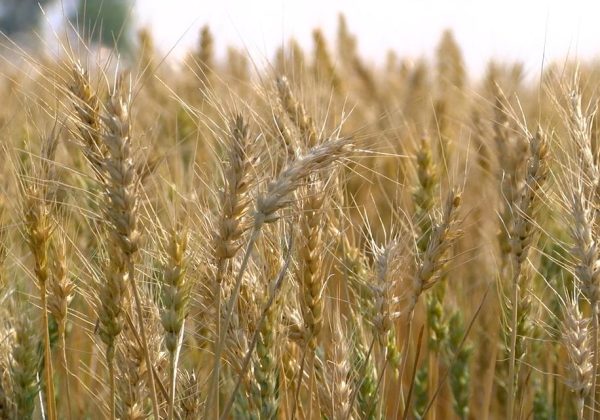
40% of Farmers Struggle to Purchase Crop Inputs
The Ag Economy Barometer rose a modest 9 points in December. The upward shift marks only the second positive move in overall sentiment since last May.
Producers’ improved perspective on their financial position appeared to be the primary driver of the sentiment improvement, according to Jim Mintert, Purdue professor of agricultural economics and manager of the Barometer.
“People felt better about where their farms were headed towards the end of 2021,” he told Chip Flory, host of AgriTalk, on Tuesday.
“Many had some good, tail-end prices in December and felt very good about their financial performance. Their responses reflected an increase or improvement in people’s income statements and, perhaps, in their balance sheets as well.”
However, looking forward, Mintert says farmers are very concerned about 2022 and the many unknowns they face regarding crop production.
Canada looks good in an international assessment of agriculture sustainability
Ottawa—Canada is among the leaders in agriculture sustainability and food waste reduction among G20 countries, says an assessment report by the Economist Intelligence Unit and the Barilla Center for Food & Nutrition.
The two partners, which developed the international Food Sustainability Index (FSI), took a special look at the G20 members because they are in a position to drive change in reducing food loss and waste, sustainable agriculture, and nutritional challenges.
“With less than a decade to meet the UN’s Sustainable Development Goals (SDGs) of eradicating hunger, reducing malnutrition and accelerating climate action, making our food systems more sustainable requires leadership and bold action. The G20 group of large and advanced economies has a crucial role to play,” the report card said.
Read more…
New Zealand
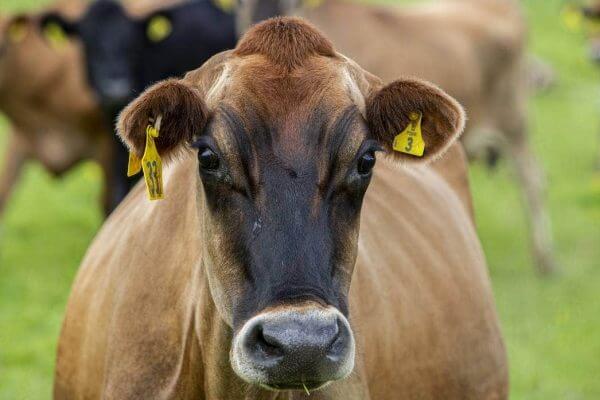
The humble livestock truck is driving into the modern era
The humble livestock truck is driving into the modern era armed with cloud computing technology and mobile apps, as accessible technology makes transport faster and more efficient.
Sam and Sara Orsborn would have been the last people to guess the computer program they developed seven years ago to streamline the family’s Wairarapa feed pellet business would grow into MyTrucking.
It is now a recognised software company servicing 450 transport companies in New Zealand, Australia and the United Kingdom.
Traditionally trucking companies were reliant on paper, clipboards and a glovebox filing system to keep logbooks, dockets and schedules under control, and that’s just the truck. The office would have a big thick diary, multiple bottles of Twink and a pile of different coloured pens.
Read More here…
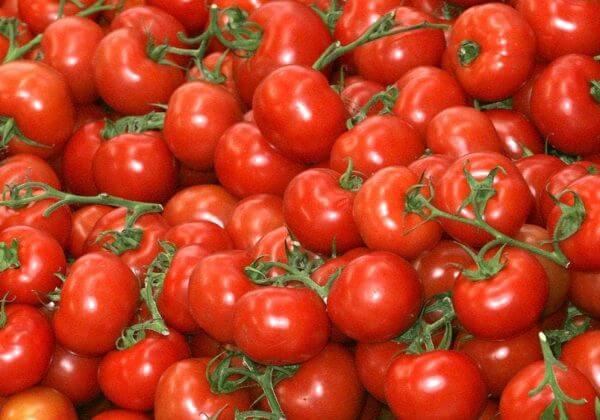
What’s going on with the price of tomatoes?
If you’re buying tomatoes for your summer salads, be prepared to pay a little extra.
While tomatoes were, on average, $3.99 a kilogram in November 2020, last year they were $6.16 and this week they were selling for $6.49 per kilogram at Countdown and $7.59 at New World.
Countdown spokeswoman Kiri Hannifin said tomato prices were “generally higher” this year.
“This is being driven by less availability this year. Currently a disease called Pepino mosaic virus (PepMV) is impacting New Zealand growers, this affects how quickly tomatoes grow and the yield in which the plants produce. Due, in part, to the impact of this disease, New Zealand growers have generally planted less tomatoes due to their inability to export.
“At the same time last year growers had a lot more tomatoes available, but were unable to export them. This led to the New Zealand market having an abundance of tomatoes.”
Read More here…
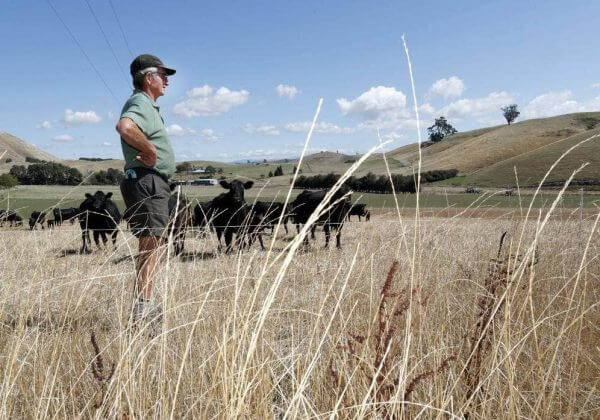
Govt to invest $200,000 in drought forecasting tech
The Government has announced a $200,000 investment in the development of weather forecasting technology to help farmers and growers prepare for dry weather.
The development will be a joint venture between the Ministry for Primary Industries and National Institute of Water and Atmospheric Research and is expected to be available by 2023.
The forecasting tool will provide daily drought forecasts out to 35 days, and aim to explore drought predictions up to six months ahead.
NIWA technology can already provide seasonal climate outlooks up to three months ahead, but these are not drought specific.
Agriculture Minister Damien O’Connor said the new technology would put the latest climate science in the hands of the people who used it.
Read More here
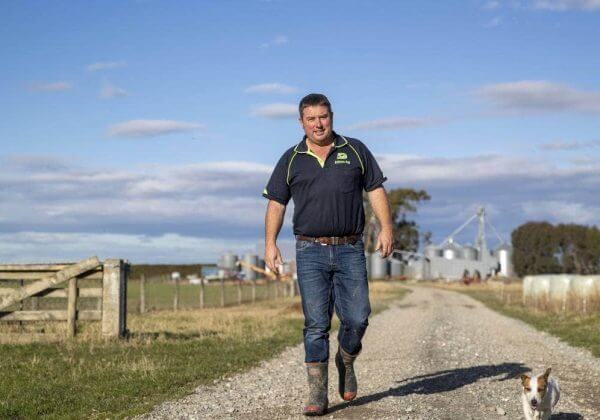
Southland’s freshwater objectives call for a big drop in contaminants
New freshwater goals to reduce contaminants in Southland waterways in the next 25 years may be just too tough for farmers to achieve.
The objectives, which have been discussed with some catchment groups, have surprised Southland Federated Farmers president Chris Dillon, who said there were huge implications for businesses and councils, as well as farmers.
To reach the outcomes, nitrogen and phosphorus would both would have to decrease by an estimated 70 per cent, and E. Coli by an estimated 90 per cent. To reach visual clarity goals, sediment loads would have to reduce by 32 per cent on average across the whole study area.
The outcomes were developed by Environment Southland and Te Ao Marama, who worked together to identify the things that are important to people about water in Southland, and then combined the findings into one set of draft environmental outcomes for the whole region.
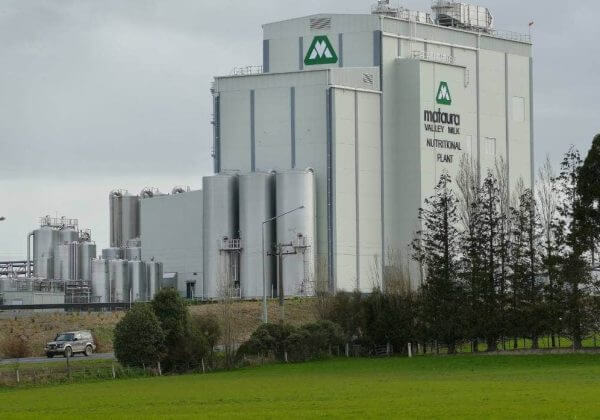
Mataura Valley Milk recruiting farmer suppliers for a2 production
Mataura Valley Milk is trying to attract more farmer shareholders to chase its goal of increasing milk supply by up to 40 million litres during the next two years.
But a dairy industry leader says the company may have trouble recruiting the farmers it needs, despite it paying more than other dairy co-operatives.
Mataura Valley Milk chief executive Bernard May said the company was seeking to increase its milk supply by up to 40 million litres during the next two years, and most of the increase was likely to occur in the coming season.
“The target reflects our capacity for increased production and the commitments we have with customers who value the quality of our a1 protein free milk and nutritional products.”
The company is building an a1 protein free milk supply to help its growth as a dairy based nutritional facility. a2 milk comes from cows that naturally produce only a2 protein in their milk, and not a1 protein, he said.
Australia
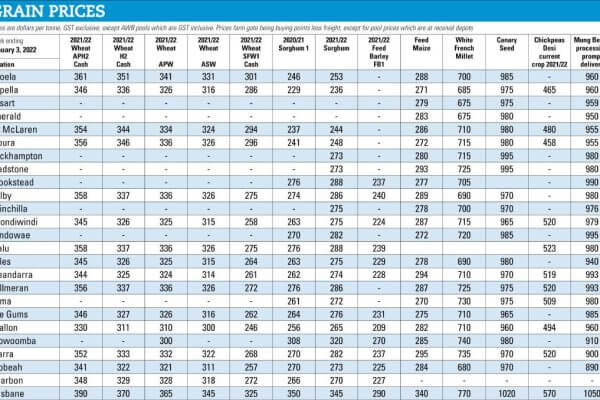
Australia’s big crop yield weighs on price returns
Benchmark CBOT wheat futures tumbled 5 per cent in the final week of 2021 as traders banked profits from the rally in the lead-up to Christmas.
Expectations that both Australia and Argentina will harvest record large wheat crops also weighed on global markets. Local cash markets slipped in response to the global sell-off, although the reality is that most people responsible for setting daily prices were still away enjoying the last of the Christmas and New Year’s holidays.
ASX wheat futures slipped $9 to $364 a tonne in the past week. This is sharply lower than the $400 plus levels at the start of December as exporters were forced to exit milling grade wheat commitments after rain downgraded a significant proportion of the east coast crop.
Harvest deliveries came in better than expected despite the unwanted harvest rains.
Read more here…

Biofuel powered grain shipment to depart WA
IN an Australian-first, a grain vessel due to set sail from the CBH Group Albany Grain Terminal on Sunday will be powered by biofuel.
CBH has partnered with leading dry bulk operator Oldendorff Carriers to ship 30,000 tonnes of sustainably certified malting barley to Vietnam aboard a vessel which will be bunkered with a biofuel blend, supplied by integrated energy company bp.
That blend is estimated to produce about 15 per cent less greenhouse gas emissions for this journey than conventional fossil fuels.
CBH chief marketing and trading officer Jason Craig said the co-operative was proud to be pioneering efforts, alongside two of its global partners, to explore ways to reduce its carbon footprint along the supply chain.
“Customers across the world are increasingly seeking to source sustainable products, including sustainable grain,” Mr Craig said.
Read more here…
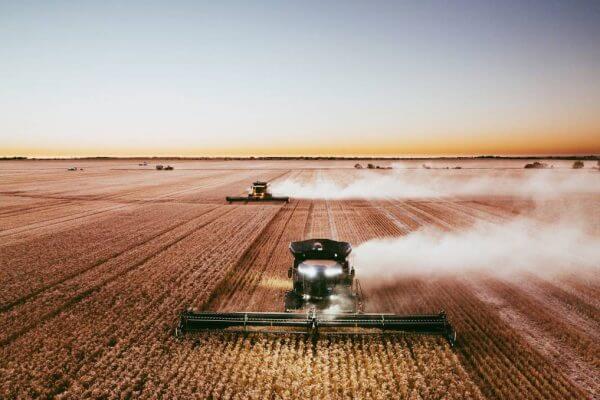
20mt down and we’re not done yet
IT feels like there has been a new story of broken harvest records every week this season for Western Australian growers and the start of 2022 was no different.
Last week, the State’s graingrowers officially delivered more than 20 million tonnes of grain into the CBH Group network for the first time, with total receivals for this harvest sitting at 20.4mt as of Monday morning.
According to the Grain Industry Association of WA’s (GIWA) latest crop report, released last month, WA farmers were expected to produce more than 22.1mt of grain in the 2021/22 season.
It’s a forecast which seems very achievable, especially given the massive amount of grain stored onfarm, which still needs to be cleared and added into the tally.
WAFarmers grains section president Mic Fels said surpassing 20mt was a testament to the resilience of the grains industry given the pressures it had faced.
Read more here
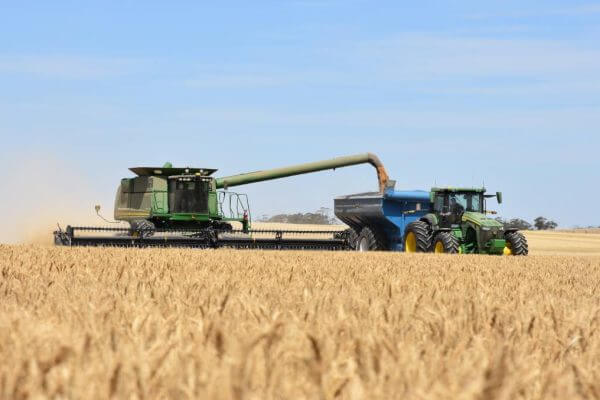
Cost of production huge concern for 2022
IN SPITE of grain prices hovering at near record levels and many Australian grain growers having a big 2021 crop, the production sector is entering 2022 apprehensively.
Sky-rocketing input costs, including fuel, but more pressingly pesticides and fertiliser, have meant the cost of production is set to soar, ringing alarm bells among growers.
“You’ve got the high input costs and then even if the high grain prices stay in play, it is high risk, high reward,” said Grain Producers Australia chairman Barry Large.
“We’ve seen fuel go up about 20 per cent, that’s something we don’t like to see but we can absorb, but when you start to see what is happening in the fertiliser and pesticide space it gets a little scary,” Mr Large said.
Read more here…

Report finds diversification in grain port providers, exporter numbers down
AN AUSTRALIAN Competition and Consumer Commission report has found the Australian grain export supply chain is more diverse than ever before in terms of port providers but that there are less companies exporting grain.
The Bulk Grains Monitoring Report found new grain export ports achieved their highest market share of Australian grain exports, reducing the market share of long established incumbent ports, the majority held by Australia’s ‘Big Three’ exporters, GrainCorp, Viterra and CBH.
The trend was most noticeable on the east coast, where GrainCorp has its network and SA, where Viterra is the dominant player.
In WA, CBH’s market share remains largely intact.
However, ACCC deputy chair Mick Keogh said the fact it was a record in terms of bulk grain exports meant it was hard to say whether the switch to alternative port exporters would be a permanent shift or something caused by a lack of slots in the established ports.
Read more here…
South America
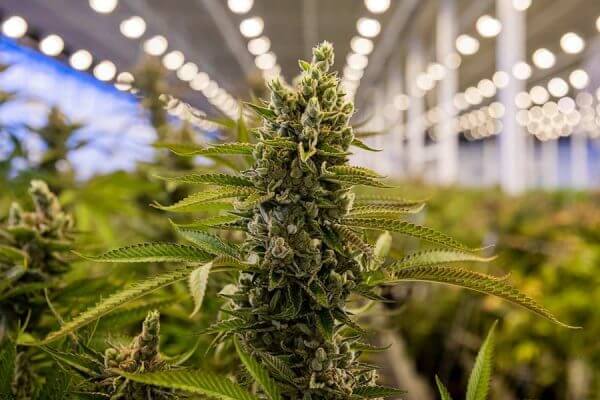
Cannabis developers eye Paraguay to further expand their business
As cannabis gradually transitions from a cultural drug to just an agricultural product like any other, Paraguay’s unique conditions make it a destination of choice for those trying to develop the newly-legalized business, according to a report carried by the Buenos Aires daily Perfil.
Paraguay’s unexpensive utilities in addition to the country’s comparable low wages coupled with an already established pharmaceutical industry make it suitable to compete with marijuana-friendly countries such as Colombia and Uruguay.
According to Perfil, medical cannabis exporter CPlant Switzerland expects to buy over a licensed producer in Paraguay in early 2022 to grow high-THC flowers and derivatives for the company’s Swiss laboratory, CEO Lucas Crivilone said.
If cannabis prices continue to fall, CPlant could move most of its cultivation from Uruguay to Paraguay, where operating costs are 50% lower, he added. In Paraguay, medical cannabis is legal since 2017.
Read More here…
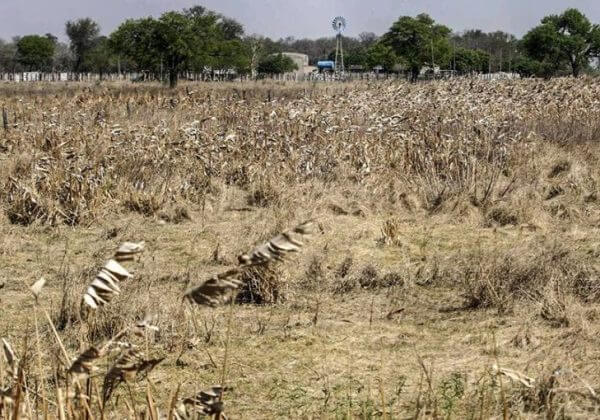
Lack of rain in southern states will reduce the Brazilian 2021/22 soybean harvest
The hydric deficit and above-average temperatures in southern Brazil and southern Mato Grosso do Sul, prevailing since November have significantly damaged the 2021/22 soybean crop. Brazil’s estimated harvest has been lowered by 11.3 million tons to 133.4 million tons, according to a new survey released this week by AgRural.
The figure is lower than the previous harvest record of 137.3 million tons, and represents a reduction of 12 million tons compared to the 145.4 million tons estimated in early November. The 133.4 million tons production are based on a 40.6 million hectare area (unchanged from December) and an average yield of 54.8 bags per hectare, which is the lowest since the 2015/16 harvest.
Paraná is the state that has been hit the hardest so far. After losses began in the west of the state (which is currently the hardest hit), the crop’s potential was reduced in other parts of the state as the drought and heat worsened throughout December. The loss would be even greater if it weren’t for the more consistent rainfall in the eastern half of the state.
Read more here
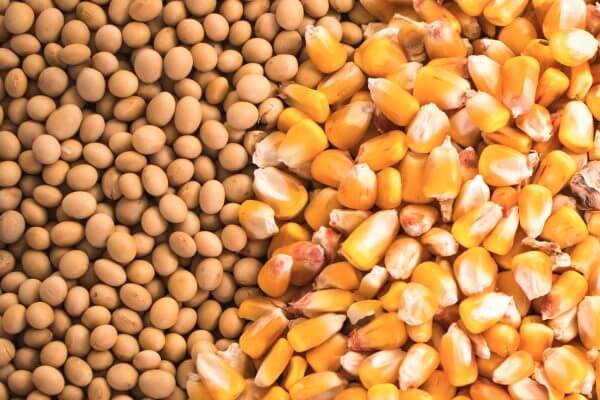
Agriculture ETFs Surge Amid Corn and Soybean News
Commodities have been moving higher to start the new year, with significant movement in the metals, energies, and even agricultural markets.
While most people are familiar with the energy and metals markets, as crude oil and gold have often been the subject of headline news stories, agricultural products are less publicized. However, they can be explosive once investor interest is piqued, offering a potential place in an investor’s portfolio.
Chicago soybean futures jumped on Monday, bolstered by concerns that hot and dry weather could spell disaster for South American crops as they approach harvest time.
While wheat fell on Monday, dragged lower by a stronger U.S. dollar, most of the major agricultural commodities are getting a boost on Tuesday, with soybeans and corn leading the way.
Read More here…
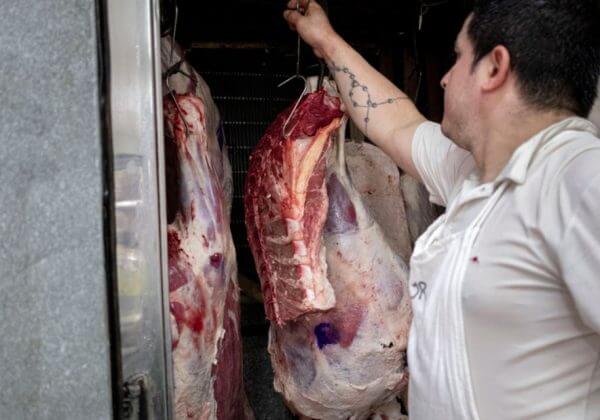
Argentina extends export ban on popular beef cuts to tame local prices
Argentina extended an export ban on seven beef cuts until the end of 2023, doubling down on its unconventional approach to taming meat prices for local consumers.
The government also prohibited exporters from shipping full cattle carcasses and half carcasses, among other categories, for the next two years.
Argentine beef is part of the national identity, producing mostly top-quality meat from grass-fed cattle. The government is worried that the recent surge in prices has made the staple unaffordable for poorer families.
The move is the latest in a series of anti-market measures that have created a tense relationship with the private sector. President Alberto Fernández temporarily banned all meat exports last May, gradually easing some restrictions over time.
So far, the strategy to ban some beef exports, coupled with price controls, has failed in its main goal. Beef prices are up 48 percent annually in the Greater Buenos Aires area. In November, prices on some cuts rose by double-digits on a monthly basis, according to government data.
Read more here…
Food Updates

Not enough focus on nutrition when constructing a diet, claims research
A new survey conducted by YouGov for Arla Foods of more than 8,000 consumers in the UK, Denmark, Sweden and Germany, has revealed that two thirds (66 percent) do not see nutrition as part of sustainable diets. Becoming ‘nutrition blind’ can have unintended consequences for our health, says public health nutritionist.
While the majority of the consumers in the four countries say that they try to make sustainable choices wherever they can, the research suggests their attention is mostly on carbon footprint, biodiversity, packaging and animal welfare.
The nutritional value of the food product is to a much lesser extent being considered when choosing a sustainable diet. Only one in three (34 percent) consumers say that they associate nutrition with sustainable diets.

Cellular agriculture could provide key to more sustainable egg white protein
Chicken egg white powder is a commonly used ingredient in the food industry due to the high-quality protein it contains. The yearly consumption of egg proteins runs into millions of tons and the market is expected to expand further in the coming years.

A spicy dish a day may keep Alzheimer’s awa
It was previously thought that spicy food might have been a contributing factor to cognitive illnesses such as Alzheimer’s disease.1 However, new research has indicated the opposite; that consuming such foodstuff could in fact help keep this illness at bay.
Read more here…

Cold Stone Creamery launches plant-based flavours in US
With plant-based diets, trends like Veganuary, and even health conditions such as lactose intolerance on the rise, consumers are seeking vegan alternatives for their favourite treats.
As a result, American ice cream franchise Cold Stone Creamery has added a range of vegan options to their menu across all stores nationwide. The new ice creams include ‘Silk Chocolate Almondmilk Frozen Dessert’, ‘Cold Stone Creation’ and ‘Don’t Cry Over Spilled Silk’; all of which are vegan and non-GMO. Previously, the only vegan-friendly desserts available at Cold Stone Creamery were its sorbets.
“We’re absolutely delighted that Cold Stone Creamery chose to partner with Danone North America and the Silk brand to bring the ice cream parlour’s first-ever plant-based frozen dessert to Cold Stone customers…and a delicious plant-based dessert collaboration to frozen treat lovers across the country,” said Derek Neeley, Vice President, Silk, Marketing Danone North America.
Read more here…

Plant-based chocolate popularity continues to rise
On average, four in ten global consumers say they have been consuming more plant-based products over the last 12 months. When asked to think about the future, almost half (44 percent) of global consumers expect to increase their consumption of plant-based products. That figure rises to three out of four (72 percent) for flexitarians.
Read more here…



